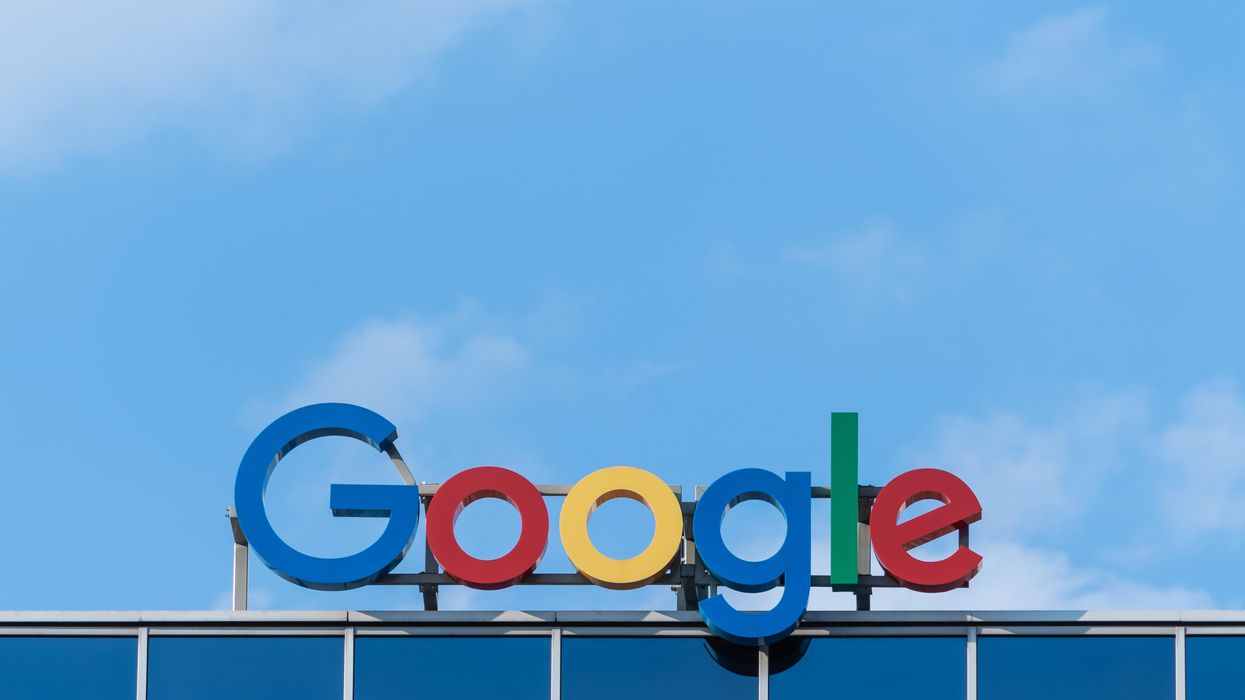Marketing
01 September 2022
Google helps merchants get ready for the holidays
Google laid out insights and tools for peak shopping season at Think Retail 2022.

Photo by Pawel Czerwinski on Unsplash
Google laid out insights and tools for peak shopping season at Think Retail 2022.

Holiday prep is underway for many brands and retailers, and Google is providing resources to help get ready.
The company this week held Think Retail, a virtual event designed to help businesses prepare for the busiest shopping season of the year. In a series of presentations, Google shared insights on what to expect this year, as well as new tools for commerce and advertising.
Google shared a few data points that help to characterize this year’s holiday season:
Google laid out several recently-launched features that it believes will come in handy for merchants during the holiday season:
List online and in-store product inventory on Google for free through Google Merchant Center. Updating the product catalog ahead of the holidays can help to ensure that products stand out in ads.
Demand forecastson the Insights page predict upcoming trends for a business, so that merchants can review when demand increases, and identify events and expansion opportunities.
Product-specific insights are now available in the Google Ads products tab. “These insights let you spot underperforming offers, identify products with missing feed attributes and compare your bidding strategy with your top competitors,” Google said.
Performance Max campaignsallow merchants to access all Google Ads inventory across YouTube, display, search, Discover, Gmail and Maps through a single campaign that syncs with a product feed. Google said it plans to release templates this fall that will allow merchants to create video ads for Performance Max campaigns in a “matter of minutes.”
Performance Max campaigns help attract customers for in-store shopping. Merchants can promote in-store promotions or seasonal specials using these tools.
YouTube video action campaigns allow merchants to make video ads on YouTube shoppable. Through these ads, a panel below the video automatically expands to showcase products. Users can then click on a product to visit a landing page and learn more, or make a purchase.
The Content API is now a tool that merchants can use to add deals and promotions to listings. This is designed to help upload and manage deals at scale.
Delivery and returns can be noted alongside a product. Shopping Ads now allow merchants to make annotations that list expected delivery times, (“Get it by 12/20”) or generous return policies (Free 90-day returns).
For more, check out Google’s full library of resources at Think Retail on Air. A keynote from this week’s event is below:
New advertising opportunities are being beta tested for in-store audio and product demos.
Retail media’s fast growth isn’t only limited to increasing spend. The advertising itself is also poised to appear in more places beyond ecommerce marketplaces, and even beyond the web.
The latest example comes from Walmart Connect, which is the retail media arm of the world’s largest retailer.
Walmart shared details on testing that it is completing for in-store retail media. To this point, Walmart Connect has been considered the advertising platform for Walmart’s ecommerce site. But these tests indicate that’s poised to expand.
Stores present a potent opportunity for Walmart. It has 4,700 big box locations around the U.S., and customers returned to them in droves last year. In 2022, 88% of the retailer’s customers visited Walmart stores.
Walmart Connect already has already dipped a toe into in-store advertising, with a TV wall, self-checkout ads and integrated marketing. The new pilots aim to take a step further.
“The next frontier of retail media is in-store experiences, and it’s one we’re excited to chart,” Whitney Cooper, head of omnichannel transformation at Walmart Connect, wrote in a blog post on the new tests. “But it’s still an emerging opportunity for us, as we continue to test what serves customers best and which solutions are scalable to Walmart’s size.”
Here’s a look at the two new offerings currently under beta test:
Walmart suppliers will be able to integrate product demos into campaigns across in-store and digital environments.
Product demos aren’t new to store floors, but Walmart Connect is seeking to give them an update that blends digital and physical experiences.
“Part of our test is how to enhance the omnichannel experience by bridging the physical back to digital: For example, by pairing a demo cart with QR codes that link back to a curated Walmart.com landing page so customers can find inspiration and shop their list all in one spot,” Cooper wrote.
Walmart is currently offering 120 demos at stores each weekend, and plans to scale to 1,000 by the end of 2023.
Walmart Connect will now offer advertising placements on Walmart’s in-store radio network. Suppliers will have the option to purchase ads by region or store, enabling targeting of key markets.
“This is the first time brands will be able to speak directly to Walmart customers through this medium,” Cooper writes. “These ads also create a new upper-funnel touchpoint for brand marketers and out-of-home (OOH) buyers to create awareness, because in-store audio is about connecting with customers wherever they are in the store — they don’t have to pass the brand in the aisle.”
With the tests, we’ll be watching for how this advertising is measured, and whether Walmart Connect is tracking impact across different types of formats, and not just a single campaign.